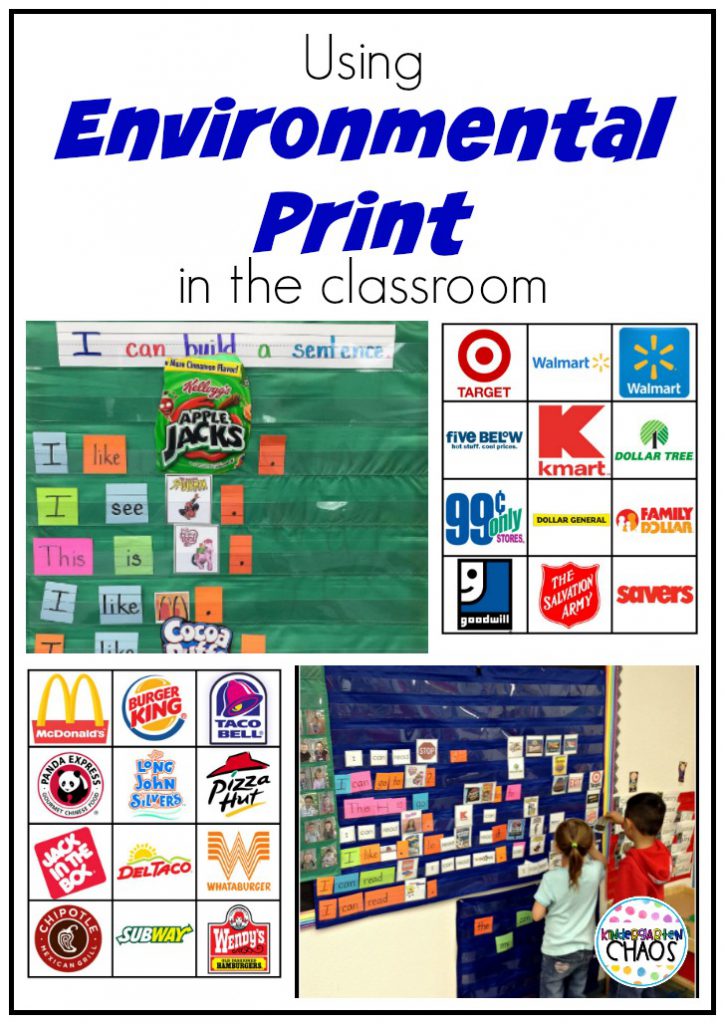What are some of the most effective ways to engage your students?
In the coming months, our blog will be taking a deeper dive into various ways to activate and engage your students’ brains along with examples of how teachers are using these approaches in their classrooms.
According to brain research, the more engaged children are, the more active their brains are to receive, remember, and recall information that they learn! But how do we activate those brains and get them engaged? There are many approaches that work; presenting lessons via multiple modalities, playing to learn, using educational technology tools, and social-emotional learning, to name a few.
So what do those approaches look like in the classroom?
We’ll begin with Multiple-Modalities and focus on a few modalities in each blog until we cover them all, and then move to other engaging approaches in future blogs.
Multiple Modalities: Novelty and Visual
Novelty by definition is the quality of being new, original, or unusual. This study published in the journal Neuron, suggests that the regions in the brain responsible for releasing dopamine respond better to the novel which most powerfully activates the brain. “To engage students, you have to engage their brains,” says John Almarode, Brain-Based Education Researcher and Leader. Using novelty in lessons is a great way to get your students engaged because the brain loves novelty and when used to convey information, the brain is more receptive to learning.
Mr. Greg of The Kindergarten Smorgasboard is one of the best at using novelty in his classroom. Imagine the excitement of a kindergartner walking into class and seeing their teacher dressed as Amos Alligator (Amos is a character from supplemental curriculum Greg uses in his classroom).

On this particular day, the math lesson included Amos Alligator. Using novelty like dressing up, is a great way to surprise your students and get their brains activated and ready to learn!!
Visual by definition is related to seeing or sight. Visual learners need to “see” information to learn it. Images, pictures, colors, and maps are some examples of what works well for these learners. There are so many different visuals that a teacher can use to engage their students’ brains.
Abigail Peterson from Kindergarten Chaos incorporates Environmental Print – print that students already recognize and can easily identify.
 There are multiple ways to incorporate environmental print in your classroom, but it is a MUST, in order to create a print-rich environment! Again, don’t forget that having ‘print’ that students already recognize and can easily identify is the initial step in bridging the gap from reading pictures to reading words. -Abigail Peterson
There are multiple ways to incorporate environmental print in your classroom, but it is a MUST, in order to create a print-rich environment! Again, don’t forget that having ‘print’ that students already recognize and can easily identify is the initial step in bridging the gap from reading pictures to reading words. -Abigail Peterson
We’re glad you stopped by and hope you enjoy this blog series. Next time we will talk about Kinesthetic, Audio, and Cross-Curricular modalities and what those look like in the classroom.
Now it’s your turn to share!
We LOVE to hear from our readers, so please share examples in the comments or on your social media of how you’re using Novelty and Visual modalities in your classroom!
Don’t forget to use #HelpShiftHappen and tag us @AliveStudiosZoo
